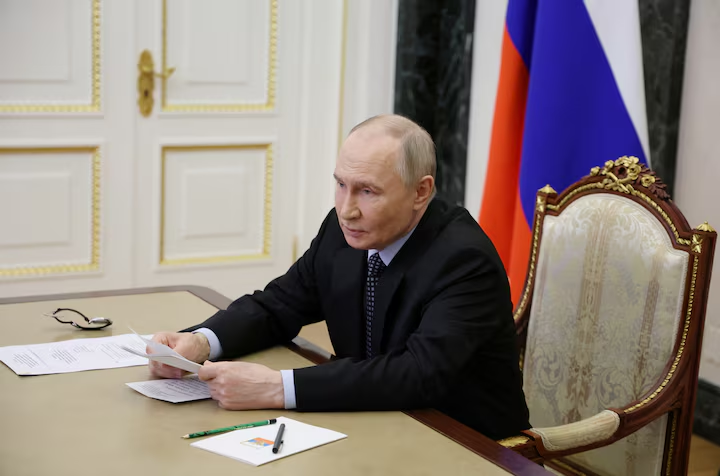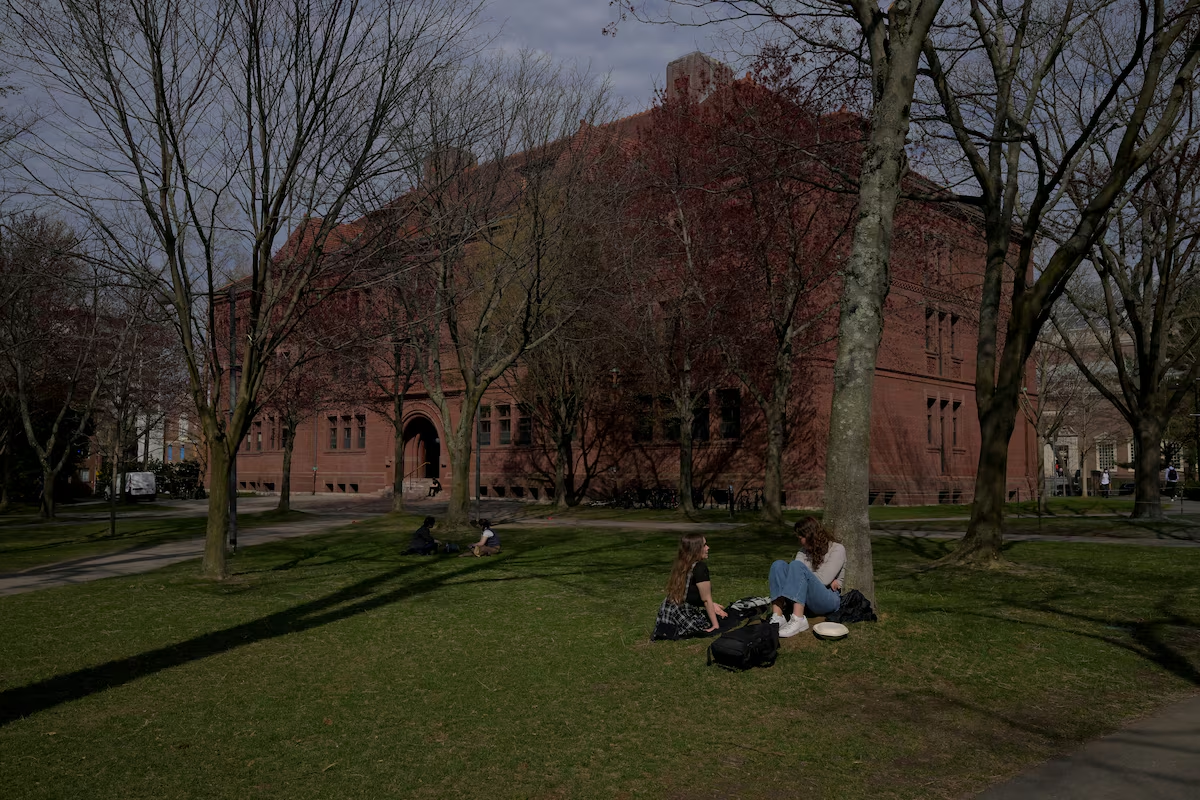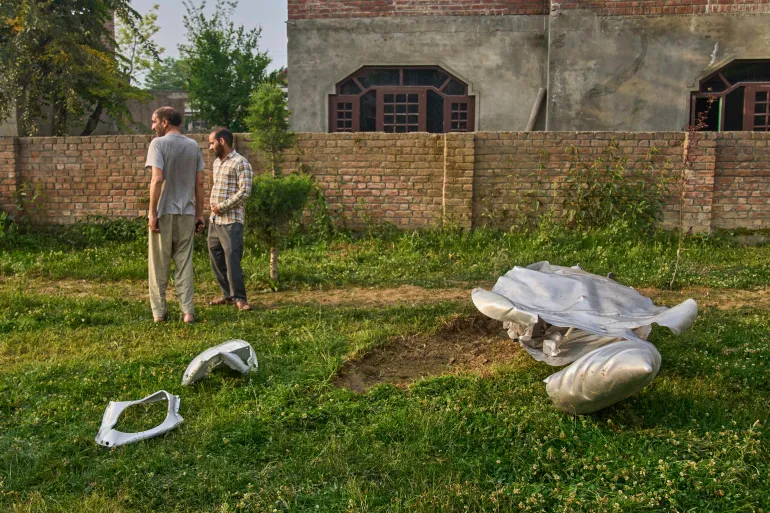Russian President Vladimir Putin announced on May 23, 2025, that Moscow will expand its global arms exports, reaffirming his commitment to strengthening Russia’s defense industry and its economic resilience in the face of Western sanctions and military isolation. The statement comes as Russia doubles down on a war-time industrial economy, with arms sales seen as a key source of revenue and geopolitical influence.
Speaking at a defense industry meeting, Putin declared that the Kremlin will enhance military-technical cooperation with “friendly and strategic partners,” highlighting the Middle East, Africa, and parts of Asia as priority markets.
“Russia will continue to develop and expand the supply of advanced weapons systems,” Putin said. “We are committed to reinforcing global partnerships through strong military-industrial cooperation.”
📦 Focus on Non-Western Markets
Russia, long one of the world’s top arms exporters, has seen its traditional markets shift due to ongoing Western sanctions and its deepening conflict in Ukraine. Many European and NATO-aligned countries have suspended military ties with Moscow, pushing the Kremlin to deepen defense exports to countries like Iran, India, China, Venezuela, and several African nations.
Defense analysts say Moscow is leveraging battlefield experience in Ukraine to showcase combat-tested systems, such as the S-400 air defense platform, drones, and tactical missile systems.
“Russia is positioning itself as a reliable defense partner for countries shut out by Western arms controls,” said a Moscow-based military analyst.
🛠️ Domestic Defense Industry in Overdrive
Putin emphasized the success of Russia’s domestic arms manufacturing sector, which has been ramped up significantly since 2022 to meet both war demands and export goals. He claimed the industry has reached “record production levels,” with factories running at maximum capacity to supply both the Russian military and foreign clients.
The Kremlin has increasingly framed the defense industry as vital to Russia’s economic recovery, with arms production being one of the few sectors still experiencing robust growth amid international isolation.
🌍 Strategic Objectives
Beyond economic gains, boosting arms exports serves Moscow’s broader diplomatic and geopolitical strategy. By arming key partners, Russia aims to:
- Counterbalance U.S. and NATO influence in the Global South
- Forge stronger military alliances outside the Western sphere
- Secure access to natural resources and political support in global forums like the UN
In recent years, Russia has signed or renewed arms agreements with Myanmar, Algeria, Egypt, and Syria, among others. It has also increased its defense presence in Africa, particularly through military contractors like the Wagner Group’s successor entities.
🚫 Western Response and Concerns
The West has warned that expanding Russian arms exports could further destabilize regions already facing internal conflict and authoritarian rule. U.S. and EU officials argue that such deals violate arms embargoes and risk proliferating advanced weaponry to regimes with poor human rights records.
Washington is also pressuring key buyers — such as India — to reduce their reliance on Russian weapons, citing interoperability issues and technology sharing concerns.
What to Watch
- New defense agreements between Russia and countries in Africa or Asia
- Russian arms exports being used in active conflicts outside Ukraine
- Western countermeasures, including secondary sanctions or export bans
- Shifts in global arms rankings and defense procurement patterns
- Continued militarization of Russia’s economic model under wartime pressure
As war transforms Russia’s economy and global standing, arms exports have become both a financial lifeline and a foreign policy lever. For Putin, weapons are no longer just tools of war — they are instruments of influence, survival, and resistance in a world divided by conflict.
Source; Reuters



